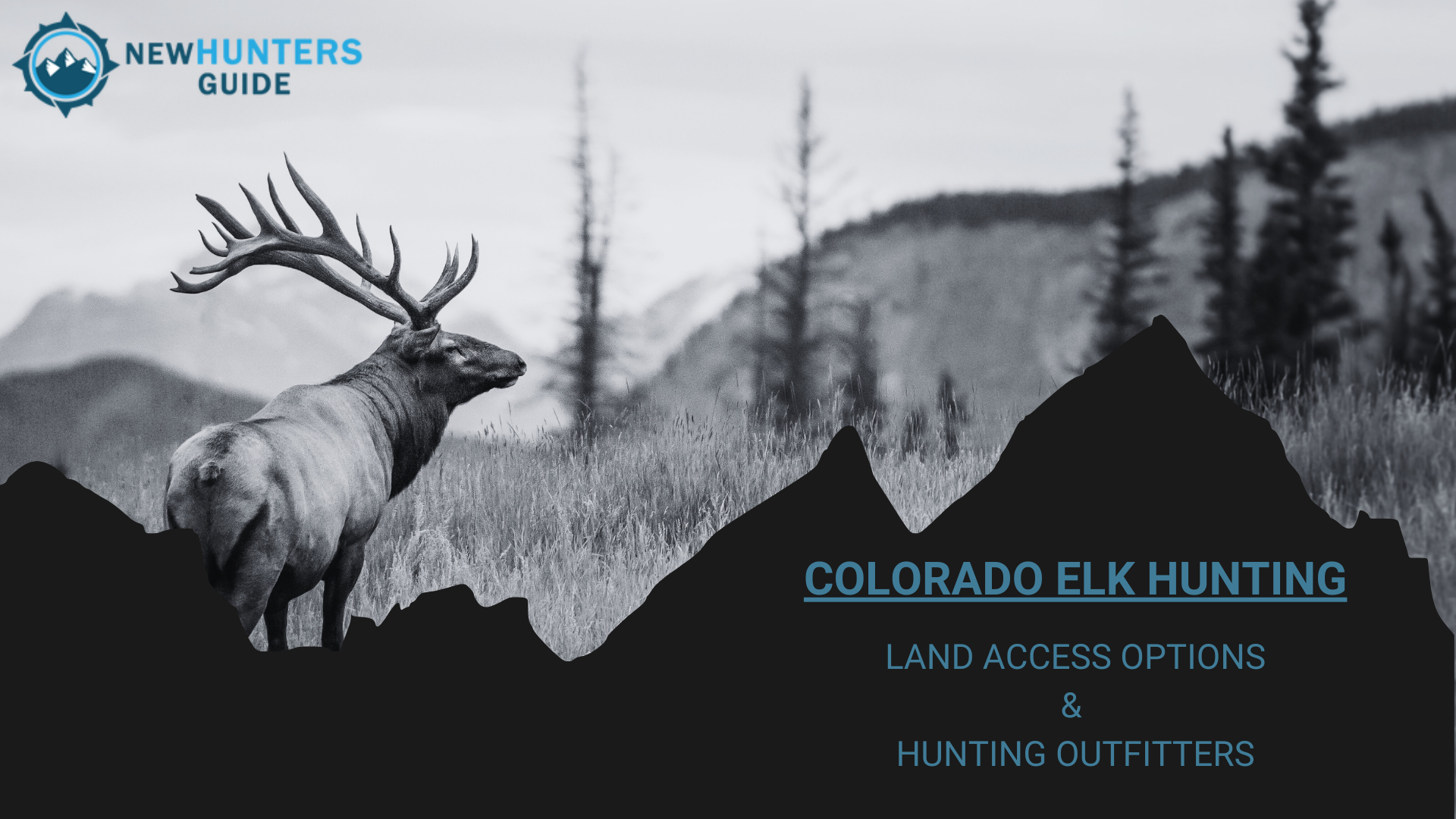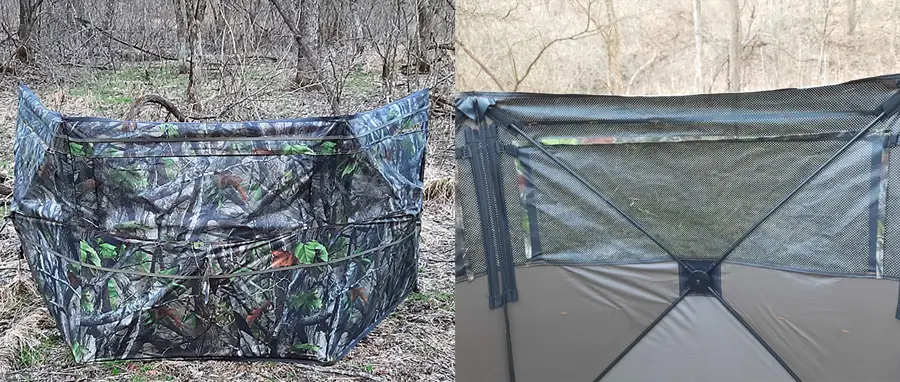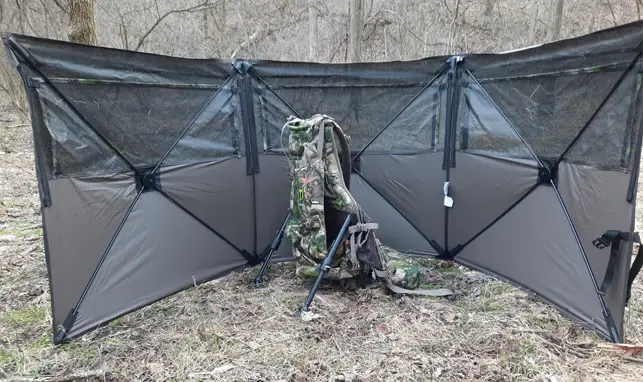This article is sponsored by Western Outdoor Adventures.
If you were to sit down and have a drink with any big-time hunter from Colorado to discuss the best game the state has to offer, chances are that you’ll find elk at the top of just about every list.
This is due to the fact that Colorado is home to the largest elk population in North America, with a herd estimated at over 280,000 elk strong.
So, whether you’re a new, first-time hunter or a thoroughly experienced sportsman, if you are looking to hunt elk, Colorado is your best bet.
1. Public Land Elk Hunting
To start us off, public land hunting is the most basic route you can take to hunt elk in Colorado.
The state of Colorado has over 22 million acres of public hunting land, all of which include National Forests, BLM land, and state trust lands.
Public land hunting is a very popular option for those who prefer a more solo hunting approach without the aid of a guide or landowner but be prepared to wait for a tag, especially if you are out of state.
First, here are a few things to consider about public land:
- Hunters must obtain a Colorado elk hunting license and follow all GMU-specific rules.
- Public land hunters see an average success rate of 10-20%, meaning public hunters must have realistic expectations.
Where are Colorado’s Public Elk Hotspots?
Below you’ll find some of the “best bets” for Colorado public land options:
Flat Tops Wilderness (GMUs 12, 23, 24)
A popular option for elk hunting due to the area’s large population.
San Juan National Forest (GMUs 74, 75)
Located in southwestern Colorado, San Juan is another popular area.
White River National Forest (GMU 11, 22)
Another region popular for holding one of the largest elk herds in North America.
Weapon Restrictions
Public land does come with its restrictions:
Archery
Only recurve, compound, or longbows are permitted. Crossbows are prohibited unless medically permitted.
Muzzleloader
Minimum .50 caliber, no pelletized powder or scopes allowed.
Rifle
Minimum .24 caliber with legal centerfire rounds.
Colorado Elk Season Dates (2025)
- Archery: September 2–30
- Muzzleloader: September 13–21
- 1st Rifle: October 15–19 (draw only)
- 2nd Rifle: October 25–November 2 (OTC available)
- 3rd Rifle: November 8–16 (OTC available)
- 4th Rifle: November 19–23 (draw only)
Hunter Safety
- 500 square inches of hunter orange required during rifle seasons.
- GPS navigation is highly recommended for tracking and avoiding trespassing, especially for new elk hunters.
2. Private Land Elk Hunting
Elk hunting on private land is another popular option due to much higher success rates, all thanks to the lower hunting pressure on private land and generally improved habitat management.
Many landowners offer access hunting via paid trespass fees, guided hunts, or landowner preference vouchers.
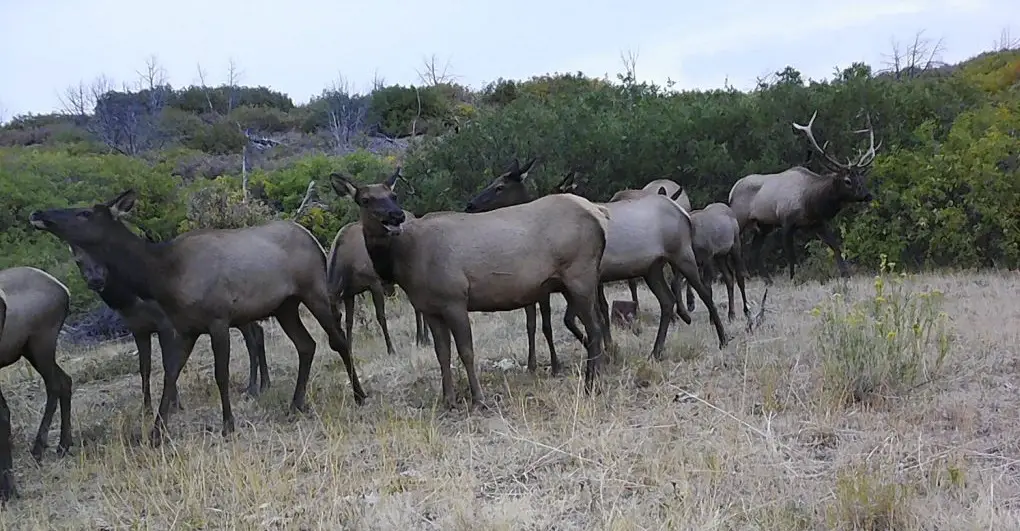
Hunting Access
- Requires permission or a Landowner Preference Voucher to hunt legally.
- Some landowners do offer a trespass fee for DIY hunters.
- Fully guided hunts on private land are also popular among those looking for structured experiences.
What are the Advantages of Private Land Elk Hunts?
Limited Hunting Pressure
Fewer hunters lead to more natural elk behavior, resulting in higher success rates.
Higher Success Rates
As mentioned, private land success rates are far higher, often ranging from 40-70%.
Trophy Quality
Well-managed lands support mature bulls with superior genetics, and fewer yearly hunters allow for larger deer.
How Much do Colorado Private Land Elk Hunts Costs?
As we mentioned earlier, hunting private land has its benefits, and its costs:
Trespass Fees
Range from $500 to $3,000 for base-level access.
Fully Guided Hunts
Costs range from $5,000–$10,000+.
Landowner Vouchers
Vouchers can purchased at market value or higher from private landowners.
3. Special Land Access Programs
Beyond public and private offerings, Colorado puts forth some unique programs to further improve hunting access on private lands.
Two of the most important are Ranching for Wildlife (RFW) and Walk-In Access (WIA).
Ranching for Wildlife (RFW)
- Extended hunting seasons, including rifle hunts during the rut.
- High success rates exceeding 70%.
- Public hunters drawn for RFW tags do not pay additional access fees beyond the license cost.
Walk-In Access (WIA)
- Hunters with a valid license have access to enrolled private lands with no need for direct permission.
- Access is for foot traffic only, no ATVs or motorized vehicles are permitted.
- The list of properties changes annually, so make sure to check the WIA atlas before the season.
4. Outfitted and Guided Elk Hunts
The fourth and final option we will cover is the most comprehensive COlorado hunting experience you can get, a guided hunt with an outfitter.
For hunters looking to maximize their chances of bringing home a trophy elk, guided hunts are by far the best bet.
Hunting outfitters offer top-level expert assistance and logistical support, as well as lodging and entertainment in some cases.
There are a couple of different ways that Colorado elk hunting outfitters can operate, on both public and private land, as well as offering fully guided, semi-guided, or drop-camp hunts.
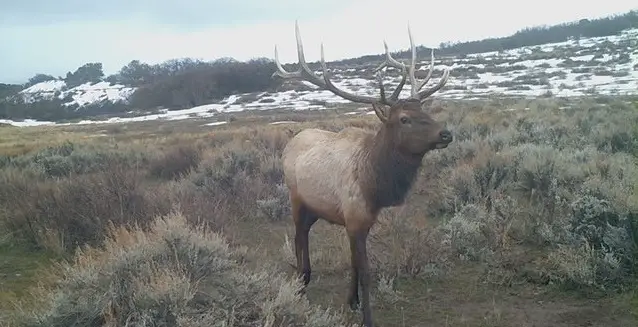
Types of Guided Hunts
When it comes to outfitter hunts, there are a couple of different routes:
Fully Guided
This is a top-of-the-line experience, including a professional hunter guide, lodging, meals, field dressing, and even entertainment accommodations.
Semi-Guided
Less comprehensive than a fully guided trip, semi-guided hunts provide lodging and access to prime locations but allow hunters more independence out in the field.
Drop Camps
The most cost-effective of the three, drop camps are where outfitters provide hunters with remote camp access to the same prime hunting land with basic amenities, but no direct guiding.
Costs
Similar to private land, the better the hunt, the higher the cost:
Fully Guided Hunts: Range from $5,000–$10,000+.
Semi-Guided Hunts: Typical costs fall between $3,500–$6,500.
Drop Camps: Range from $2,000–$4,000 per hunter.
Hunting outfitters are an amazing option when you have a large party looking for a more thorough, comprehensive hunting experience.
5. Over-the-Counter vs. Draw Tags
Colorado’s elk license system consists of limited draw tags and over-the-counter (OTC) licenses.
Limited Draw Licenses
- Required for premium GMUs, with some areas taking 10+ preference points.
- Non-residents are capped at 35% of available licenses.
- Application deadline is April 2, 2024
Over-the-Counter (OTC) Licenses
- Available for archery (either-sex) and 2nd & 3rd rifle season bull elk in specific GMUs.
- OTC availability varies by unit.
2025 Changes to OTC Archery Licenses
- Starting in 2025, non-residents pursuing archery elk tags must enter the draw.
- Residents will still have OTC options in designated GMUs.
- Leftover and secondary draw licenses become available in June and August.
Colorado offers diverse elk hunting opportunities, whether you prefer DIY public land hunts, private land access, or guided adventures. With a vast elk population and a variety of hunting methods available, planning ahead is crucial for success. Understanding licensing, regulations, and access programs ensures a smoother hunting experience.
For up-to-date regulations and application details, visit Colorado Parks & Wildlife.
Western Outdoor Adventures is proud to offer you, some of the best Colorado Elk Hunts in GMU Units 11,33,42, 421 & 52 for Archery, Muzzleloader, & Rifle seasons.
Northwest Colorado is famous for one of the largest herds of elk in North America. All our elk hunts are fair chase only. Our Elk Hunting Areas from deep in the timber to our private land, we try to provide you with superb big game hunting opportunities.
This article and its images were written and provided by the great folks at Western Outdoor Adventures.

